Silicone wire, the industrial name is AGR silicone rubber wire, is a wire made of silicone material, the suitable temperature range is -60°-200°, the voltage is 300/500V, the conductor material is tinned copper wire, and the insulator is silicone rubber. The braid is fiberglass + silicone.
1. The difference between silicone wire and ordinary wire
(1) The difference between the silicone rubber cable and other cables is the jacket. Because its jacket is made of rubber, it has a good waterproof and wear-resistant effect. And it can be used in different water environments, while ordinary cables do not have this feature.
(2) The silicone rubber cable is very thick and hard, so that it can have a good source isolation effect during use, and people can use it with confidence in production or life.
(3) There are also some problems in the application of silicone rubber cables, because their prices are very expensive. This is not conducive to its popular use, because the investment cost is relatively large, so the initial investment is also huge, but the rubber cable has few failures during use, does not require frequent maintenance, and has aging resistance, wear resistance, oil resistance, resistance. It is more suitable for application in some fields.
2. Which is better, silicone wire or ordinary wire?
It depends on where it is used, fireproof wire is required for high temperature, silicone wire is required for humidity, armored wire is best for overhead, as long as it is used in general, it is enough to use the real national standard.
General silicone wire is used for:
(1). It is installed indoors, and the movement requires softness and shielding.
(2). The bending radius is more than 6 times the outer diameter of the cable, and the laying environment temperature is not lower than 0 ℃.
Widely used in lighting fixtures, household appliances, electric heating appliances, instrumentation, motor lead wires and high temperature environments such as electronics, lamps, and gas appliances. It is suitable for cables whose long-term allowable working temperature is below +180°C and can be used in an ambient temperature range not lower than -60°C. Wiring in high temperature places such as electronic equipment, heavy machinery, power installation, industrial machinery, electric heating products, etc., as well as internal connecting wires and instrumentation, motor lead wires and electronic, High temperature environments such as burning appliances.

 ENGLISH
ENGLISH 简体中文
简体中文 GERMAN
GERMAN SPAIN
SPAIN
 +86 181-5747-1135
+86 181-5747-1135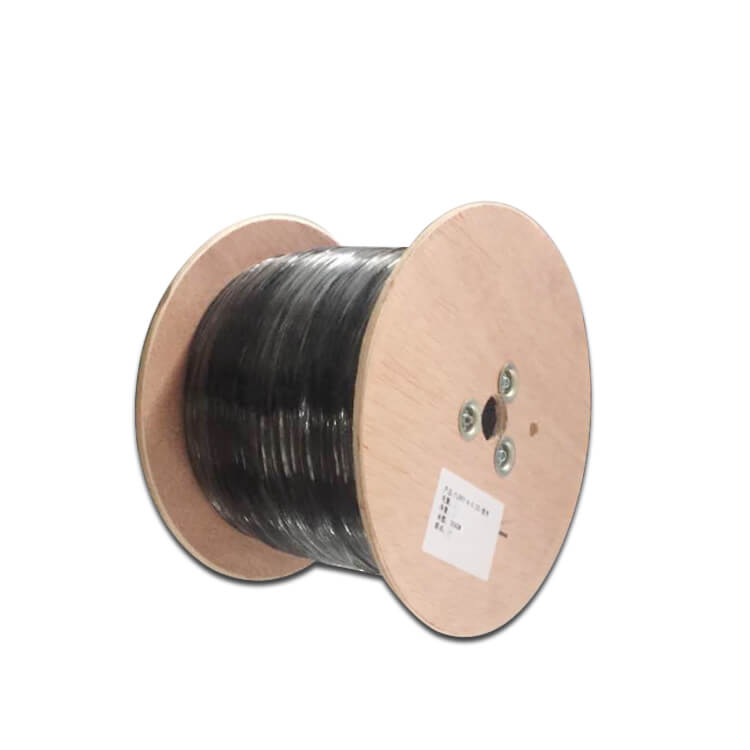
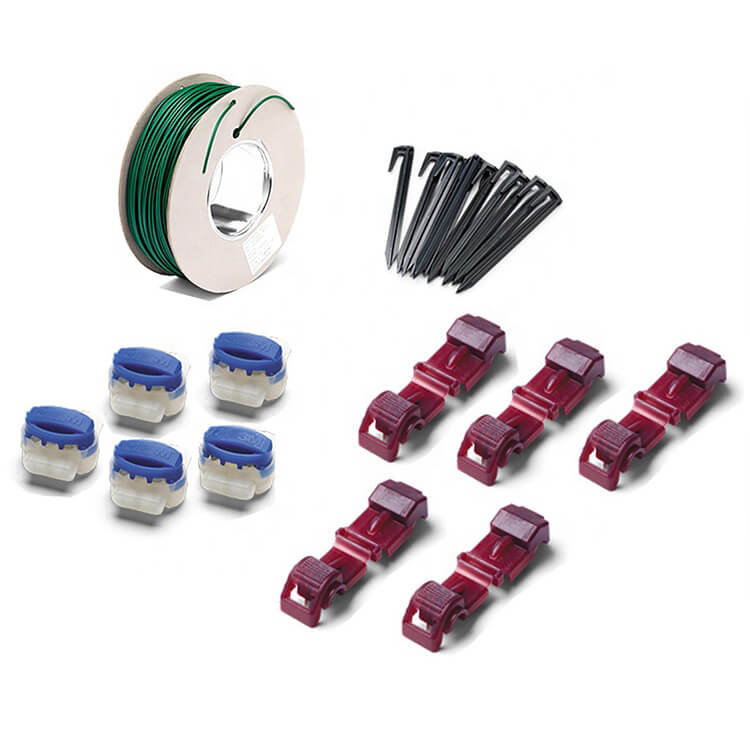
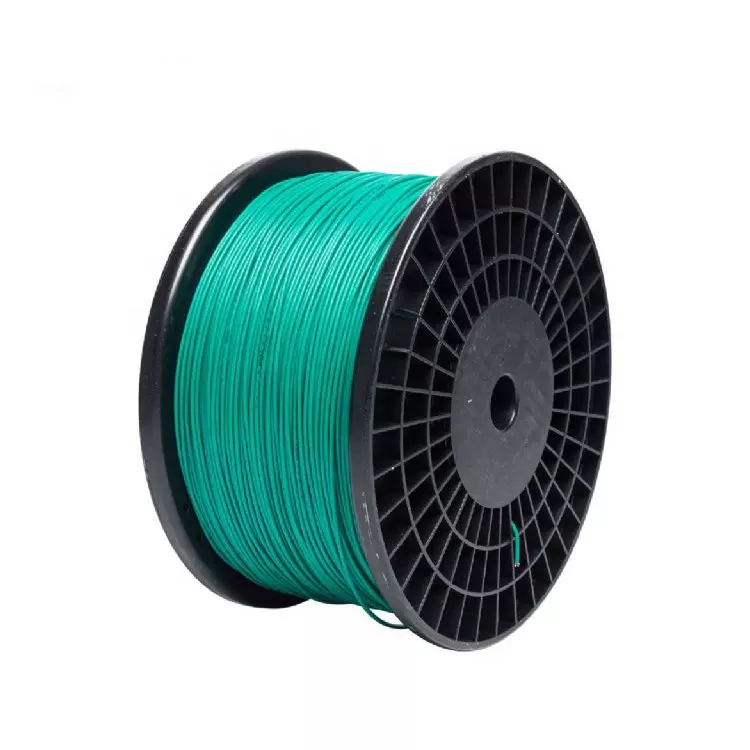
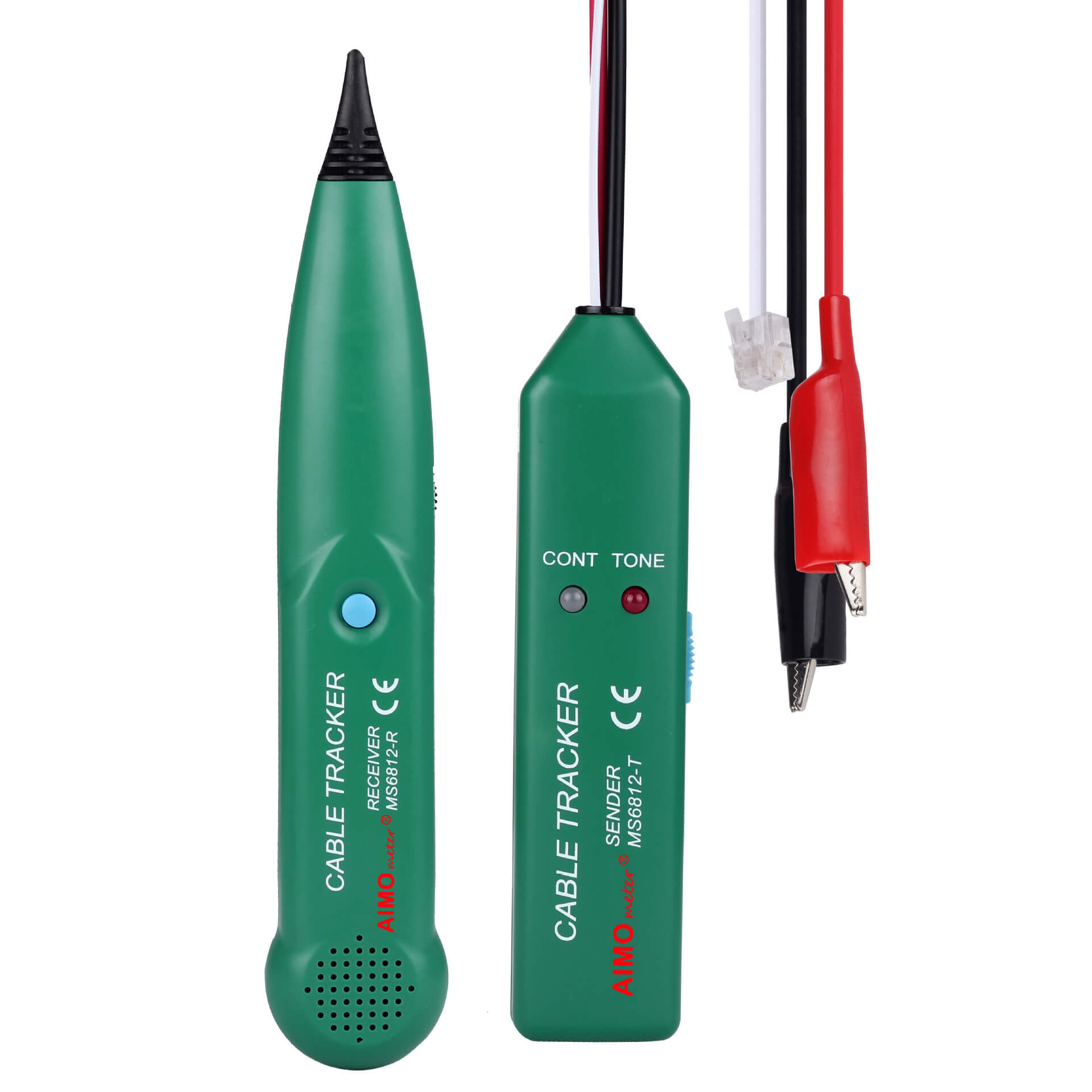


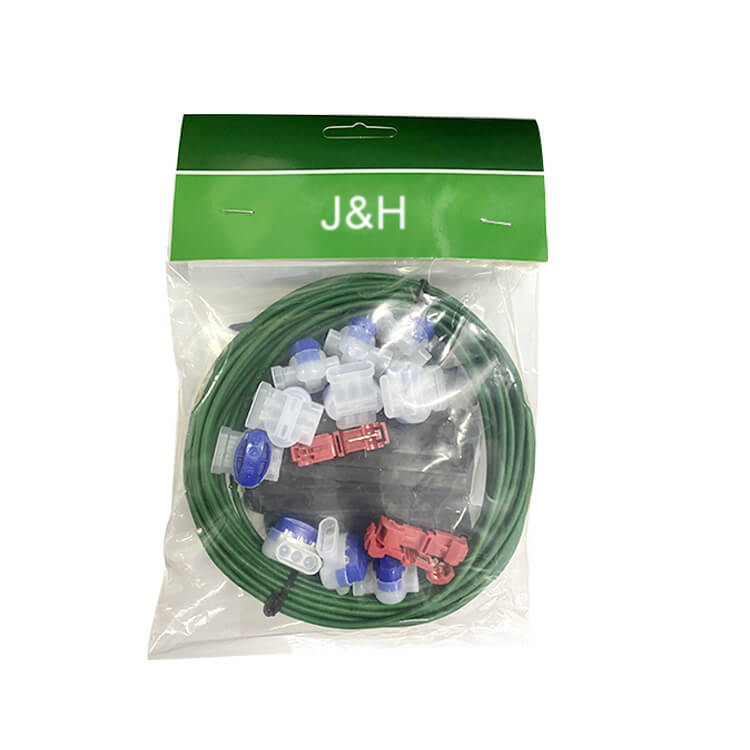
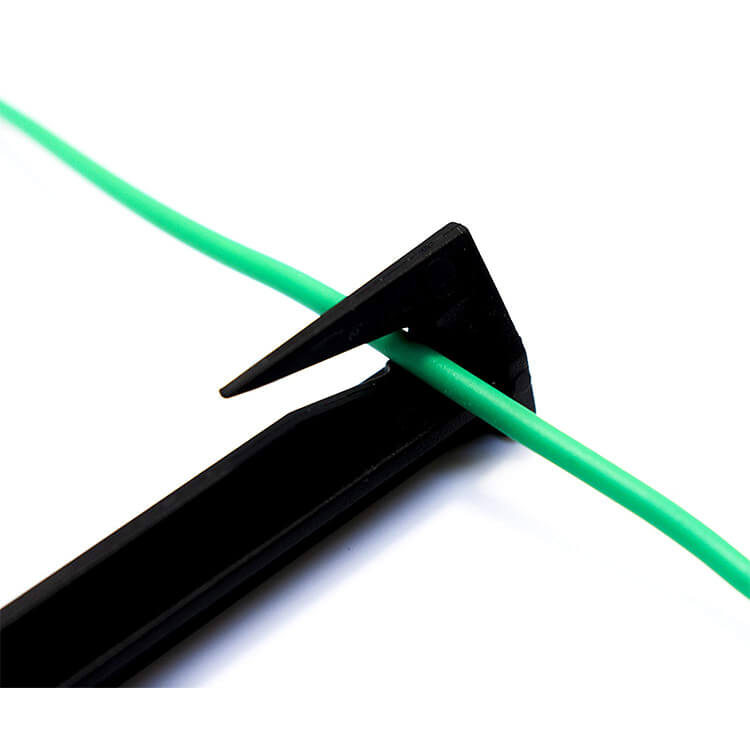
 Abroad:+86 181 5747 1135
Abroad:+86 181 5747 1135 FAX: +86 574 8900 7636
FAX: +86 574 8900 7636 E-mail:
E-mail: 

 read the map
read the map

